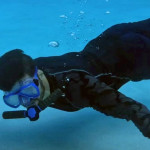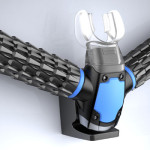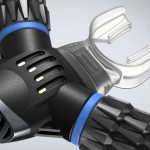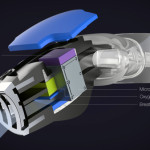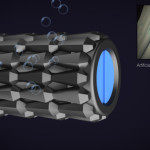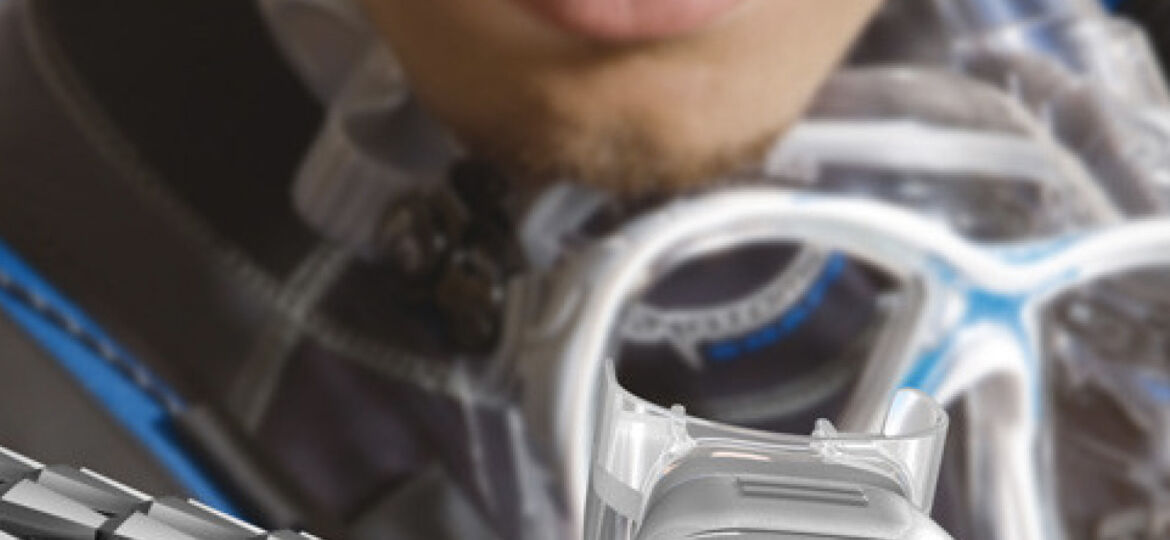
WHY THIS MATTERS IN BRIEF
New nanomaterials that can filter and separate out a wide variety of chemicals, organic materials and particulates have many uses, from filtering pollutants from seawater to filtering bacteria from blood.
South Korean designer Jeabyun Yeon has unveiled his new concept of a scuba mask that would allow anyone to breathe underwater without requiring air tanks and his design, named Triton, uses two arms linked to a mouth piece to extract free oxygen atoms from the water and supply the diver with breathable air.
The masks arms are covered in small plastic scales that let water enter the mask via small holes where it’s redirected to a chamber where a nanotech membrane separates the oxygen and other elements from the water to form breathable air – the same air that divers would traditionally get from their scuba tanks.
The gases are then compressed and stored in a miniature tank, ready for the diver to breathe. The entire gadget is powered by a small rechargeable battery and so far, while the design is just a concept, Yeon has high hopes that it will someday be turned into a commercial product that can completely replace an entire set of scuba gear.
That’s the theory. But I’m not sold on the Triton. Although as a diver myself I like the idea and there are a number of precedents that have demonstrated it’s possible to use nanotechnology to separate gases from water – or, indeed, almost anything from anything, my biggest issue with it is that it would have to filter a lot of water to provide all the oxygen a human needs for a single breath.
The average human needs 500mls of air with every breath – going in, the air has a 21% oxygen concentration and a 16% concentration coming out, for a total of around 25mls of oxygen intake with every breath. Scientific literature places the concentration of oxygen at 6mg/L of ocean water so the Triton would have to go through about 6 litres of water for each breath and that, at the moment at least is a tall order.
That said though finding a way to exract oxygen out of seawater is a great idea, and if we can travel to Mars and create hypersonic submarines then surely we’ll one day be able to crack this challenge. And even if we don’t then perhaps one day we’ll be able to use synthetic biology to give ourself gills. As with everything – it’s a matter of having the money and the resources, after all, we arguably already have the technology…
Sign me up for one.

